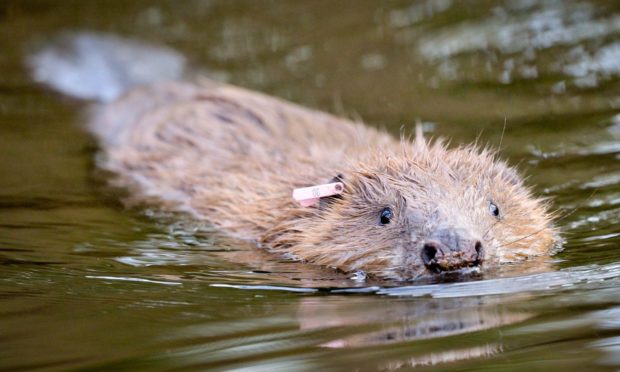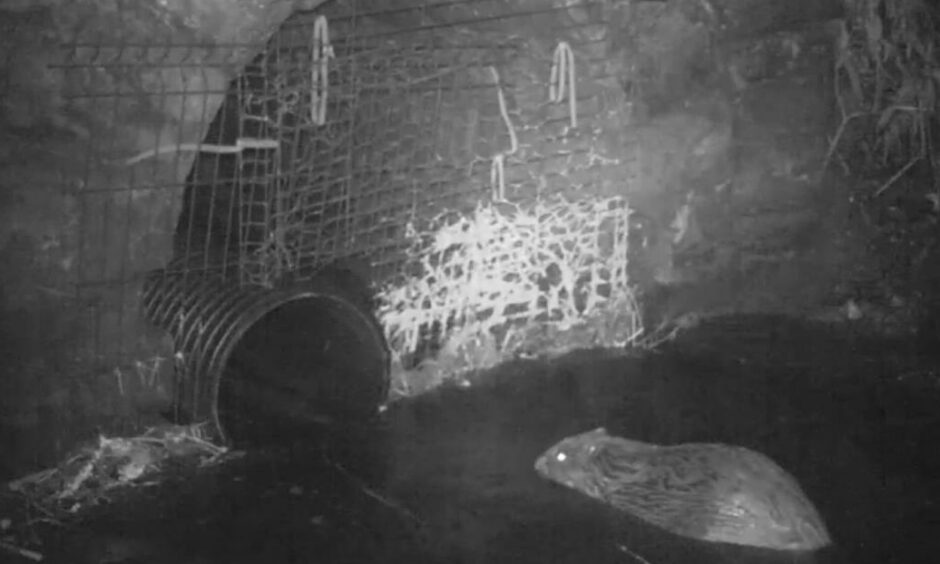More than 100 beavers were killed in Scotland last year.
Some 115 beavers were “lethally controlled” in 2020, an increase from 87 in 2019 — although that figure only covers nine months as licencing rules changed that year.
Despite this, the number of the rodents in Scotland has nearly doubled in the last three years, according to a survey from NatureScot.
There are now around 1,000 beavers in the country.
They can be found in areas around Dundee, Glen Isla, Stirling, Forfar and Crianlarich.
They are expected to expand into Loch Lomond in the near future.
Why are beavers being killed?
A licence is required to shoot and kill the animals.
The species was handed protected status in May 2019.
A licence is granted when it has been shown beavers are damaging land such as farms and protected trees.
There are different levels of licences: some grant permission to remove dams and have them moved, while the more serious ones allow beavers to be shot and killed.
The annual rate of lethal licences issued slowed last year, with six granted across Scotland compared to 39 in 2019.
Last year, most beaver killings took place in the Isla area, with 80 of the mammals slain.
Beavers are nature’s supreme water engineers.”
Robbie Kernahan, Sustainable Growth
None were killed in Fife, but 22 were in the Tayside region.
Robbie Kernahan, director of sustainable growth at NatureScot, defended population control.
“Beavers are nature’s supreme water engineers, but we know they may cause severe problems in some areas.
“Particularly for crops on prime agricultural land and for important infrastructure like road drains and railway lines.”
Population numbers doubled
Despite the killings, beaver numbers have increased in recent years.
In Tayside, there are 251 beavers. This represents a doubling of population in the last three years.
Robbie added: “Wildlife is declining in Scotland, so this extensive survey is great news for nature.
“We hope that many people in Scotland will enjoy spotting these sometimes elusive but fascinating animals as they become more common.”
The survey, carried out last winter, is the most comprehensive of beaver numbers ever conducted in Britain.
Dr Roisin Campbell-Palmer, lead author of the report, said: “Beavers are recognised as ecosystem engineers with important biodiversity benefits, though some impacts can be challenging alongside certain land-use practices.”
She hopes the survey will help land managers and policy makers “maximise the benefits and minimise the conflicts” as beaver numbers continuing to grow.

